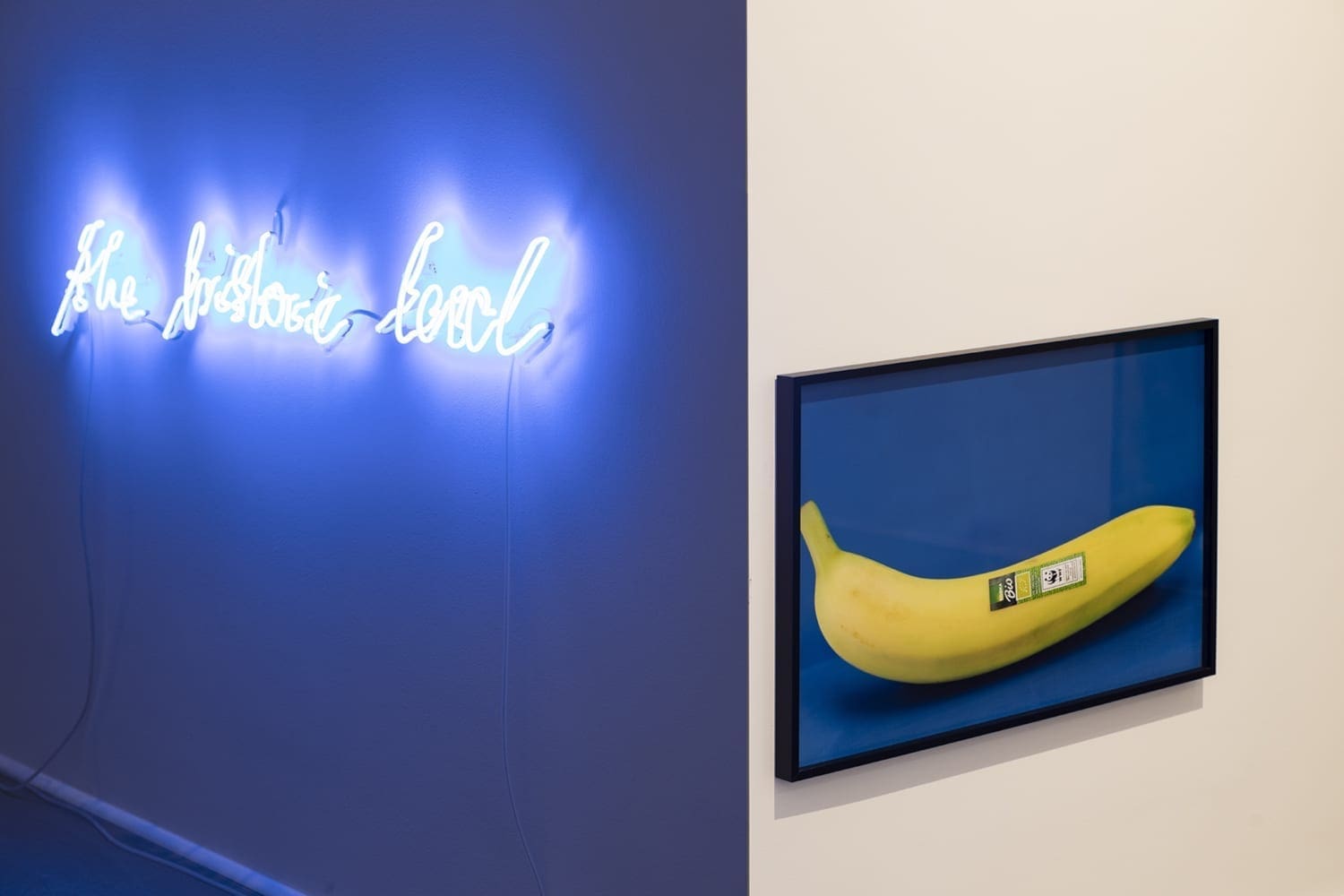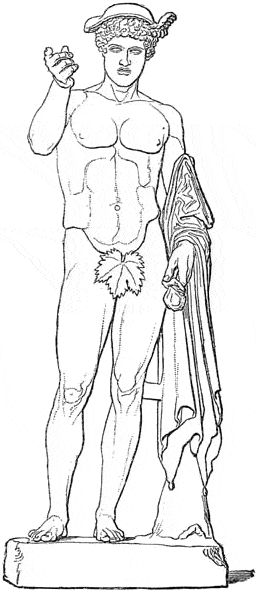Everything about the contemporary is panda
by
Michal Martychowiec
Year
2016
Size
40 x 60 cm
Material
chromogenic print
Edition
3 of 15
Price
812€ (incl. VAT)
Everything about the contemporary is panda
The photograph of the banana is part of a sub-series ‘changing symbols’ and remains connected to an older film ‘banana a banana’. The banana in neither cases should be simply understood with the implications art history has already explored, and thus not as an existing symbol with its clear meaning and implications, but, and that is of utmost importance, as an element and symbol of several ideas of history and art history.
-
In all works of the series Everything about the contemporary is panda, the panda avatar encounters themes and objects from our cultural history. We meet the Shroud of Turin, a wanderer above the sea of fog, the obligatory banana appears and the Italian classic artist Piero Manzoni, is set into the wall as a grave slab. In a series of conceptual photographs, we see the famous Berlin panda Bao Bao (currently displayed in the natural history museum) in combination with enigmatic text fragments. These fragments originate from contemporary and historic artists (Bethan Huws, Kazimir Malevich, Francisco de Goya, Joseph Beuys, and others) and are used by Martychowiec as symbolic signifiers for certain (art) historical tendencies.
In Martychowiec’s work the panda is an unmasking symbol of decadence at the centre of a modernity that has long become empty. The panda stands for the last man at the end of history, bound between neoliberal normativity and the decoupling from his own historical-cultural becoming. As a pop cultural symbol, it is omnipresent and can also be interpreted as a medium of Chinese ‘soft-power’ politics. Pandas found their biological niche through a genetic mutation in the spine, which allowed them to sit comfortably. Bamboo, their primary food source, is poor in nutrients and must be eaten 16 hours a day. The species, which is already extinct in the wild, a museums piece, mostly lives in so-called panda villas. There they are looked after by guards and psychologists. The majority of reproductions occur through artificial insemination.






